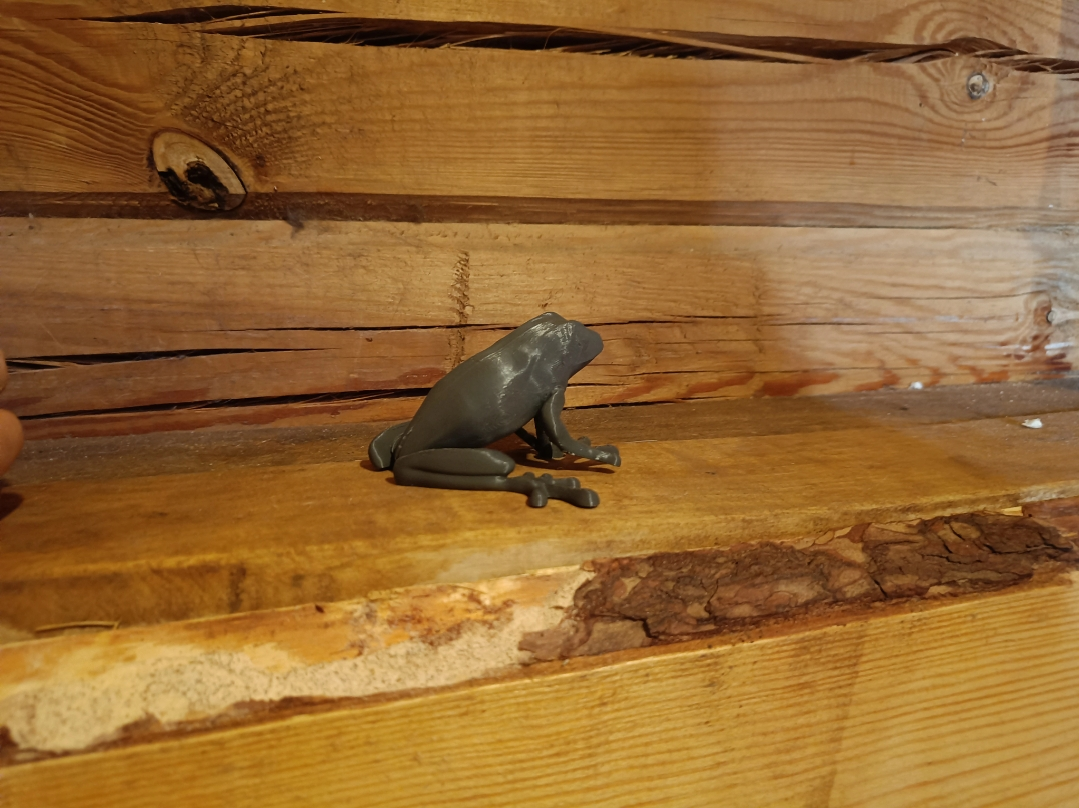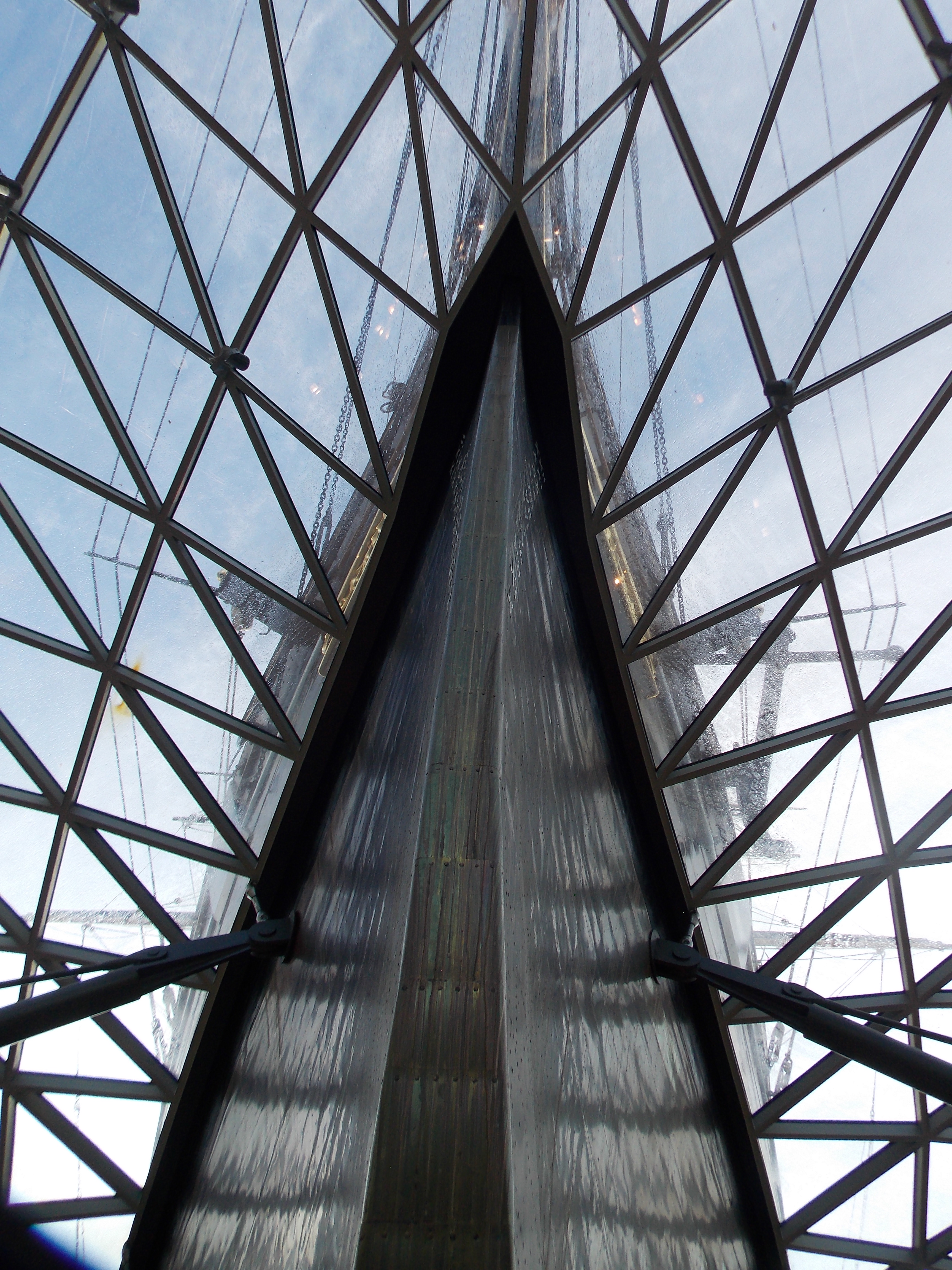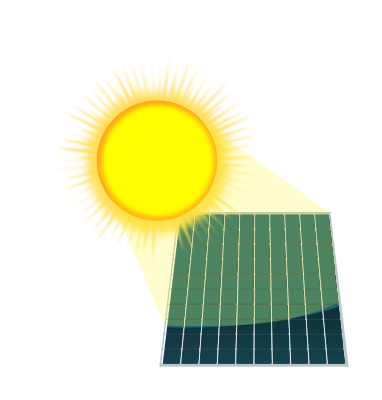
Working on irrigation to all corners of my piece of land. Digging meters and meters and putting HDPE pipe connectors with water sockets. Digging is heavy work but I needed a workout actually


Working on irrigation to all corners of my piece of land. Digging meters and meters and putting HDPE pipe connectors with water sockets. Digging is heavy work but I needed a workout actually



Wauw, that’s quite a setup. Nevermind the state of things, there is always room for improvements. First is that it works. Your intake of solar is quite low compared to your battery size. Are you also aiming for more solar and bigger inverter then? Otherwise it will take days to fill 18kwh.
I am also aiming for a ton of water to be heated, both firewood and solar but have to rebuild the sauna stove for that. To have both stone and water as thermal storage. The stone I aim to also feed with cold in the summer. But I have to think more on that as condens forming is something risky.


Hi poVoq, how is your solar solution holding up after 2 years?


Hi, I am very curious on your inverter / battery setting as you said the heatpump is powered by solar. Do you have a hybrid setting or do you have batteries that buffer for the heatpump. As a heatpump is quite some power and needs to have a stable power supply
Ps, living not far from you (Lithuania) and I am interested to built these fence panels for the winter as well.
I have studied the drying of fruits for my work. To get optimal drying the temperature should be 45-60degC with an airflow in it. Of course this design would work but the fruits will take 3 days before the moisture content is around 10%> The design would need a bit more solar surface and a small fan to make the evaporation go faster and exchange the humid air. But it will be a bit more complex though. Small chimney would also work


Very interesting. I always look into this opensource flowbatteries as I recognize the advantages that are discussed in the video, easy scalable, cheap, safe and probably diy-able in the future. I would like to experiment with two IBC’s in scale. Following the FAIR project as well. Thanks PoVoq
Indeed, it’s actually Wattpeak. For my work I make a difference between actual Watts and solar Wattpeak. I normally multiply by 0,75 to get the MAX power. This max power only occurs around noon as the sun goes up and down again. For energy in my home (Lithuania) I hope to get in the summer with 1kwh/M2/day from the solar panels.
There are geological overlays graphs available that give indication on how much kWh you can get. Solar atlas is one of them. Look for kWh/kWp, multiply it by your solar installation size and you have your average available intake of energy. You can find the kWh/kWp on average per year,month and day. So you know in winter that you produce a lot less than summer